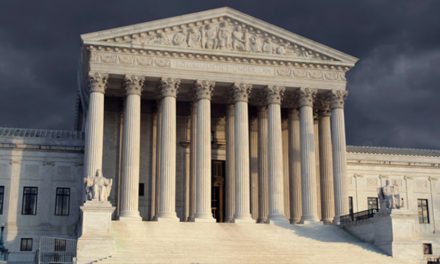Illinois Governor J.B. Pritzker signed legislation recently making that state the 11th to legalize recreational marijuana usage. Beginning in 2020, licensed dispensaries will be allowed to sell and residents may purchase and possess 30 grams of marijuana at a time, a little over an ounce. Even as states like Illinois rush to legalize the drug, new research and reports demonstrate growing problems for those who use marijuana –especially the negative effects on children and adolescents.
Pritzker’s gubernatorial campaign included a promise to legalize marijuana, as he claimed that taxation of sales could generate $800 million to $1 billion a year for the state’s coffers. Democrats, who control the legislature and helped sponsor the bill, were more cautious, arguing that taxes could reach $500 million a year within five years. The new law also allows those with criminal records for purchasing or possessing 30 grams or less of marijuana to have their records expunged.
Colorado and Washington were the first states to legalize recreational marijuana, in 2012. In the intervening seven years, they’ve been joined by Alaska, California, Maine, Massachusetts, Michigan, Nevada, Oregon, and Vermont. Some other states don’t have licensed dispensaries but have decriminalized marijuana possession, while 33 states have legalized medical usage. Federal laws still prohibit sales and possession.
One area of concern when marijuana is legalized and sold in a state is the increased access and abuse by its young people. Just eight days before Pritzker signed Illinois’ new law, The Washington Post reported mounting concerns about teenagers and marijuana use. In Denver, Children’s Hospital Colorado saw an increase in acute cannabis-related admissions such as cyclic vomiting, paranoia and psychosis. In 2005, there were 161 such admissions; in 2015 that number had increased to 777 hospital visits.
According to the U.S. Department of Health and Human Services, 5% of 8th grade students said they used marijuana at least once in the previous month. By 12th grade that number increases to 23%. Among college students and young adults, 22% say they used marijuana in the past month.
In addition to the high usage by young people, another problem is the greatly increased potency of marijuana. Tetrahydrocannabinol (THC) is the main active ingredient in marijuana. The American College of Pediatricians (ACPeds) describes the chemical’s effects, such as “distorted perceptions, psychotic symptoms, difficulty with thinking and problem solving, disrupted learning and memory, and impaired reaction time, attention span, judgment, balance and coordination.”
Levels of THC in marijuana have increased dramatically, from around less than 2% in the 1970s to 20-25% today. In products that contain concentrated extracts of THC, the percentage may be even higher – up to almost 69%.
An adolescent’s brain is growing, developing and changing, with this development continuing into the mid-twenties. While there is limited research about the effects of cannabis on a developing brain, researchers, educators and medical professionals are becoming more and more concerned. ACPeds, for example, explains that marijuana use may lead to IQ declines, cognitive or neural impairment and decreased verbal memory.
The group also notes that marijuana “has the potential to cause difficulties in daily life and/or worsen a person’s existing problems.” In their position statement they write, “Heavy marijuana users generally report lower life satisfaction, reduced mental and physical health, more relationship problems, and less academic and career success compared to their peers who come from similar backgrounds. “
Babies in the womb are another group affected by increased marijuana consumption. Again, about a week before Pritzker made marijuana more available in his state, news outlets reported that marijuana use doubled among pregnant women. As ABC News described, “Overall, 7% of pregnant women, or 1 in 14, said they used marijuana in the past month. That’s from a nationally representative health survey in 2016-17 and compares with a little over 3% in 2002-03.”
The chemicals in marijuana pass straight from the mother into her developing baby. This may affect the child’s development and lead to a lower birth weight. According to the National Institute on Drug Abuse, other possible effects include a greater risk of stillbirth, possible problems with the infant’s neurological development and learning difficulties in school. Mothers who use marijuana while breast feeding may also affect their child’s brain development.
Legalized marijuana makes the drug more accessible, and it gives the message to impressionable teens that it’s harmless. While more states legalize the drug, anticipating income from taxes, licensing and fees, they’re also damaging the next generation.
More resources:






